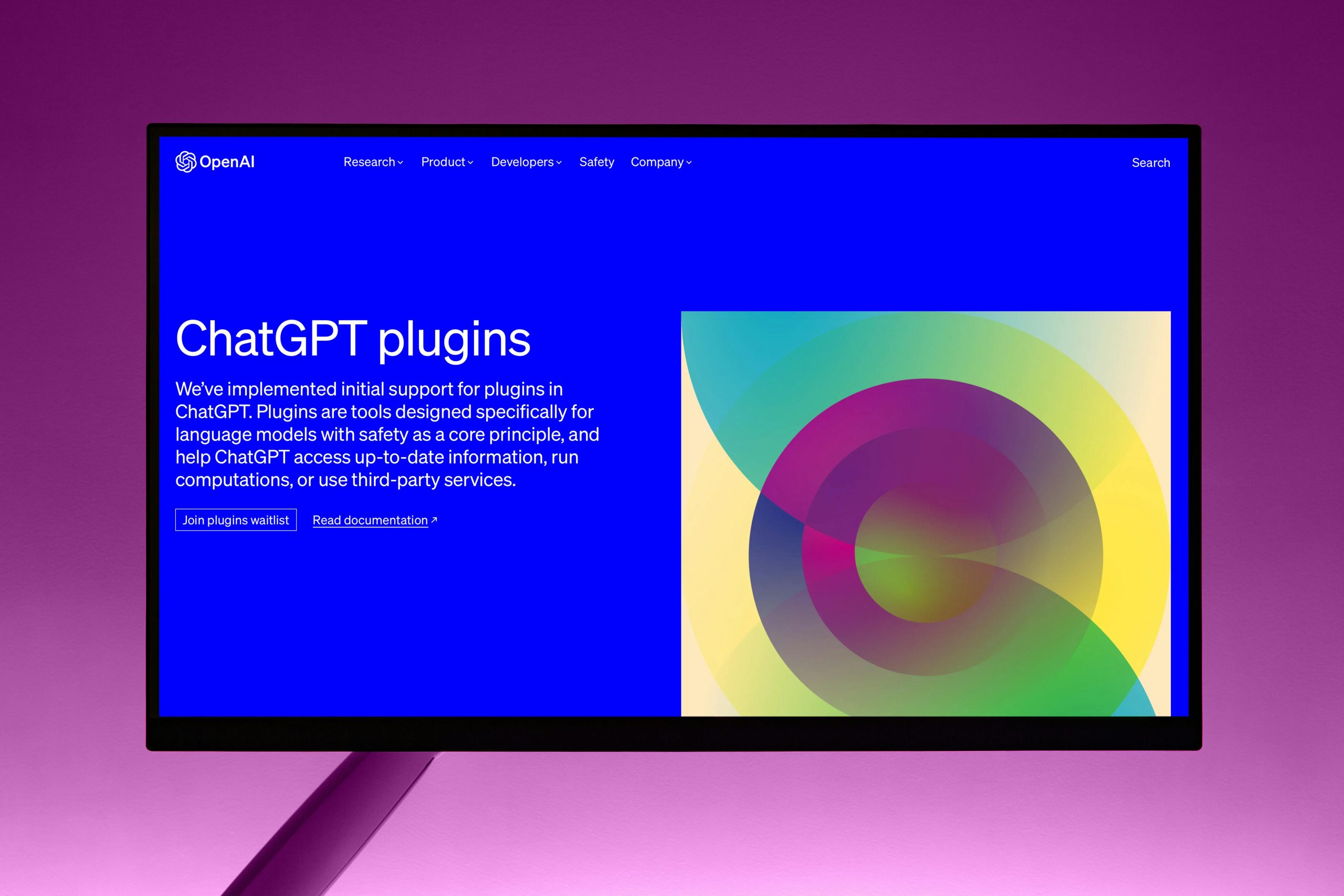The AI Crucible: Why Graphic Design Graduates Are Competing Against the Machine in 2025

The creative sector is currently undergoing a seismic shift, one driven by the relentless advance of generative artificial intelligence. For recent graphic design graduates entering the workforce in late 2025, the landscape is defined by a paradoxical reality: unprecedented creative tooling power alongside a contraction in traditional entry-level opportunities. This situation mirrors the high-stakes discourse often seen in major global reports, suggesting that the skills valued just a few years ago are rapidly being commoditized by intelligent systems.
The Accelerating Capabilities of Generative Artificial Intelligence
The central mechanism driving this employment uncertainty is the exponential leap in the performance and accessibility of generative artificial intelligence models. These systems are no longer mere tools for basic filtering or minor enhancement; they are now capable of complex synthesis, iterative refinement, and concept visualization based on abstract natural language prompts. This technological surge has fundamentally altered the cost-benefit analysis for businesses when commissioning creative work, leading directly to revised labor models and hiring practices that disadvantage those offering only foundational design services. The pace of this advancement has proven to be the most disruptive force, catching both educational structures and individual practitioners off guard with the sheer velocity of capability acquisition by the machines.
Automation of Mundane and Repetitive Design Tasks
The most immediate and visible impact of this technology on the day-to-day work of designers has been the near-total automation of historically time-consuming, repetitive, and foundational execution tasks. Processes such as precise image masking, comprehensive background removal, systematic color palette adjustments across multiple assets, and basic layout generation, which previously consumed a significant portion of a junior designer’s time, can now be executed by intelligent software with minimal human oversight. This dramatic efficiency gain means that the volume of work previously allocated to several entry-level staff can now be managed by a single, upskilled professional leveraging these powerful assistants. The direct consequence is a reduced organizational appetite for hiring numerous staff members whose primary function was the adept and accurate completion of these now-automated steps in the creative production cycle.
The Unsettling Competency in Knowledge Work Replication
Beyond the purely repetitive tasks, the evolution of generative models has extended their competency into areas requiring higher-order conceptual understanding, challenging the assumption that creativity itself was a purely human domain. Modern platforms demonstrate an unsettling ability to interpret nuanced stylistic requests, adhere to complex brand guidelines, and generate visually coherent compositions that adhere to principles of effective communication, all from relatively simple textual inputs. While human designers still maintain a distinct advantage in areas requiring deep cultural context, empathy, and genuine strategic foresight, the output itself—the visual manifestation of the idea—is becoming increasingly accessible via non-human means. This convergence forces businesses to question the necessity of paying a human salary for the creation of assets that the machine can produce to an acceptable, if not yet perfect, standard.
Executive Commentary on Creative Field Transformation
Statements from high-profile figures within the technology sector have served to confirm the anxieties of the creative community. Leading executives in the field of artificial intelligence have openly posited that the creative domains—those reliant on visual and conceptual output—would be among the very first sectors to experience profound transformation due to AI capabilities. This perspective suggests that the technology is advancing in a counter-intuitive order, tackling complex creative labor before it fully dominates other forms of cognitive or even manual work. Such commentary, originating from the very source of the disruptive technology, lends significant weight to the argument that the coming years will necessitate a fundamental repositioning of the creative professional’s role, moving them away from direct creation and toward guidance and ethical oversight of the intelligent systems producing the work.
The Paradox of Growth: Diverging Paths Within the Design Ecosystem
Despite the concerning overall trajectory for the general title of “graphic designer,” the landscape is not uniformly bleak; rather, it is fragmenting into specialized areas experiencing robust growth, presenting a crucial divergence for those graduates willing to pivot their focus. This phenomenon illustrates that while the execution of general design is under pressure, the strategy and interface surrounding digital products are becoming more vital than ever, creating entirely new pockets of demand that require specialized, digitally-focused design skills. The future professional landscape is thus characterized by a split: decline in traditional print and static media roles versus significant expansion in interactive and experience-focused roles.
The Ascendancy of User-Centric Design Disciplines
In stark contrast to the contraction forecast for general graphic design, roles centered on User Interface and User Experience design are predicted to experience rapid and sustained growth over the next five years. This specialization is positioned high on the list of fastest-growing job categories, reflecting the universal corporate drive to deliver seamless, intuitive, and engaging digital experiences across all customer touchpoints. The increasing complexity of digital ecosystems, the proliferation of connected devices, and the necessity for optimal user conversion rates mean that employers are aggressively seeking professionals who can architect effective digital interactions. This growth is explicitly linked to technological advancements that necessitate greater human expertise in designing how people interact with increasingly sophisticated systems, effectively creating new roles where AI tools are the subject of design, not just the tool for design.
The Resilient Demand for Human-Informed Digital Experiences
The key differentiator between the declining and growing sectors appears to be the necessity of human insight into the design process. While AI can generate appealing visuals, the deep understanding of user psychology, accessibility standards, contextual relevance, and ethical data presentation remains firmly in the human domain. Employers are projecting an increased importance for skills related to design and user experience, viewing these areas as critical drivers for future technological integration and market competitiveness. This emphasis suggests that even in the realm of digital design, the value lies not in the technical construction of an interface—which AI can assist with—but in the strategic, empathetic, and holistic consideration of the end-user’s journey, a task that still requires uniquely human judgment and foresight to be executed flawlessly.
The New Reality for Entry-Level Professionals and Recent Graduates
For the current cohort of graduates, the immediate challenge is a structural mismatch between their acquired generalist skills and the highly specialized, AI-aware demands of the available roles. This environment dictates that the traditional learning curve, which involved mastering the basics through junior positions, is being circumvented by employers who now expect candidates to arrive with advanced, AI-integrated capabilities already in hand. This new expectation fundamentally alters the entry-level proposition, pushing the required skill threshold significantly higher before a candidate is even considered for an interview.
Hiring Freezes and Reduced Graduate Intake in Corporate Structures
Several major corporations, particularly in sectors like technology and consulting, have publicly signaled or demonstrated substantial reductions in their intake of fresh graduates. Reports indicate that some firms have sharply curtailed their graduate hiring targets year-over-year, a direct consequence of recognizing AI’s capacity to absorb work previously reserved for trainees and junior staff. This reduction is not merely a reflection of economic uncertainty but a calculated strategic decision to capitalize on efficiency gains derived from AI adoption. Companies are finding that the cost-benefit ratio for onboarding and training new, entry-level human talent has become less favorable when compared to investing in, or reallocating tasks to, their established AI-augmented workflows. This has resulted in fewer advertised openings overall, effectively shrinking the available talent pool for recent design school alumni.
The Intensified Competition for Scarce Junior Positions
The combined effect of fewer available positions and a continuous supply of new graduates entering the market has resulted in an extreme amplification of competition for every single advertised role. The sheer volume of applications for even basic design positions has reached unprecedented levels, meaning that the probability of a single application succeeding through the initial screening stages has plummeted to statistically remote odds. This intense scarcity forces applicants into a state of perpetual application cycles, often leading to prolonged periods of professional limbo where candidates send out vast numbers of tailored CVs and portfolios without receiving any substantive feedback or progress in the selection process. The environment is defined by an overwhelming sense of being one in an impossibly large queue for opportunities that are visibly diminishing in number.
The Phenomenon of Unrealistic and Over-Demanding Job Specifications
Adding to the difficulty is the pervasive trend of employers publishing job descriptions for junior roles that demand an unrealistic breadth of expertise, effectively asking for a versatile, multi-disciplinary professional rather than a specialist trainee. These hyper-demanding specifications frequently list core graphic design competencies alongside advanced skills in motion graphics, three-dimensional modeling, specialized software proficiency, and, critically, deep familiarity with proprietary or emerging artificial intelligence toolsets. Graduates perceive these as requests for a “magician” rather than a designer, expecting a single individual to possess mastery across multiple, complex disciplines—disciplines that often take years to cultivate individually—all while offering only entry-level compensation or status.
Navigating the Dehumanized Recruitment Funnel
The modern application process itself has become a formidable barrier, increasingly mediated by automated systems that screen candidates before any human hiring manager ever reviews their credentials. This algorithmic gatekeeping adds another layer of challenge, as candidates must optimize their submissions not only for human comprehension but also for the specific parsing logic of Applicant Tracking Systems and other AI-driven sorting mechanisms, further obscuring the path to an actual interview stage.
The Role of Algorithmic Screening in Candidate Filtering
Applicant tracking systems, often powered or augmented by AI, now manage the initial triage of thousands of submissions for high-volume roles, looking for specific keywords, skill matches, and historical data correlations that align with past successful hires. This mechanical filtering process can inadvertently reject highly creative or non-traditionally skilled candidates whose portfolios and cover letters, though impressive to a human reviewer, fail to satisfy the rigid criteria programmed into the screening software. For graduates, this means that demonstrating unique creative thinking, which is difficult to encode in discrete data points, often loses out to the mechanical matching of required software names or task descriptors. Success in this stage often requires preemptive knowledge of how these digital sorters operate, an area of expertise entirely separate from design principles.
The Emotional Toll of the Application Limbo
The experience of submitting a high volume of applications, many of which vanish into the digital ether without acknowledgment, exacts a severe psychological toll on recent graduates. This sustained period of professional uncertainty, characterized by relentless effort followed by an absence of response, can lead to significant stress, anxiety, and burnout even before a career officially begins. The inability to ascertain the status of an application, or even receive constructive feedback on why a submission was filtered out by a machine, fosters a demoralizing sense of powerlessness. This “limbo” state, where one is neither employed nor receiving updates on the job search, strains personal and professional reserves, making it difficult for young professionals to maintain the positive, proactive mindset essential for successful interviewing and onboarding.
Evolving Skill Requirements: From Execution to Collaboration
The path forward for current and aspiring graphic design professionals lies not in defending the territory that AI is rapidly claiming, but in consciously moving toward the adjacent creative domains that demand uniquely human interaction, critical judgment, and technological orchestration. Survival and success in this new climate necessitate a deliberate upskilling effort focused on mastering the collaboration with intelligent systems rather than competing against their raw computational output.
The Imperative of AI Literacy and Tool Proficiency
A fundamental shift in the required skillset is the move from being merely proficient in established design software to developing a high level of literacy in the operation and fine-tuning of generative AI models. Graduates are now expected to understand concepts like prompt engineering, model fine-tuning, and the integration of AI outputs into a cohesive final design package. Knowledge of how these tools function, their inherent biases, and their specific limitations becomes as crucial as knowing color theory or typography. Those who can effectively command the AI to produce varied, high-quality starting points, and then apply their design expertise to refine and perfect those outputs, are proving to be the most valuable new hires, demonstrating an understanding of efficiency that their non-AI-proficient peers cannot match.
Prioritizing Inherent Human Cognitive Advantages
While AI excels at synthesis based on existing data, the current consensus among experts is that the most defensible skill sets are those relying on what machines still struggle to replicate authentically: deep creative thinking, nuanced judgment, cultural sensitivity, and emotional intelligence. Employers predict that the capacity to perform genuine, boundary-pushing creative thought remains largely beyond the current reach of even the most advanced algorithms. Therefore, professionals must pivot their focus away from the execution of the ‘how’ (which AI handles) and toward the strategic ‘what’ and ‘why’ of a design problem. The ability to interpret complex human needs, understand societal context, and apply ethical considerations to a visual solution are becoming the premium, non-automatable value-adds for a human designer.
The Rise of Hybrid Creative-Technical Career Trajectories
The most promising long-term career structures are emerging as hybrid paths that blend traditional creative acuity with a strong foundation in data science or software integration principles. The future designer may not just create an advertisement; they might collaborate with data scientists to design the personalized visual framework that adapts dynamically based on real-time audience analytics fed by AI. This requires a fluency in technical concepts, the ability to communicate effectively with engineers and programmers, and a capacity to translate abstract data into compelling visual narratives. These blended roles represent a genuine expansion of the design profession into areas of strategic influence that were previously inaccessible, offering new avenues for high-value contribution that are insulated from the immediate automation threats facing more traditional graphic design functions.
Strategies for Future Relevance and Professional Longevity
Ultimately, securing a fulfilling and enduring career in the creative sector amidst this technological upheaval requires adopting a proactive mindset that views artificial intelligence as an indispensable collaborator, not an existential competitor. The narrative must shift from one of displacement to one of augmentation, emphasizing the irreplaceable role of human oversight in guiding powerful tools toward meaningful creative outcomes.
Leveraging AI as a Force Multiplier, Not a Competitor
The successful professional of the mid-twenty-first century will be defined by their ability to harness AI to amplify their personal creative capacity, effectively turning a single designer into a small, highly productive creative studio. This involves intentionally offloading the mechanical, time-intensive aspects of design work to intelligent assistants, thereby freeing up the human designer’s most precious resource: time. This liberated time must then be redirected toward higher-level activities such as deep client consultation, conceptual exploration, ethical evaluation of the AI-generated options, and rigorous quality control. By embracing the technology to handle the sheer quantity of visual work, the designer can focus on perfecting the quality and intent of the work, establishing a symbiotic relationship where both human and machine contribute their unique strengths for superior results.
Cultivating Unique Value Through Strategic and Ethical Insight
To truly stand out in an increasingly crowded and technically proficient labor market, graphic design graduates must cultivate and aggressively market the skills that remain distinctly human and, thus, retain market value. This includes developing unimpeachable creative judgment—the intuitive sense of what is right, even when an algorithm suggests otherwise—and a mastery of ethical design practices in an era of synthetic media. Employers will seek out those who can act as the final, trustworthy human validator, capable of ensuring that the design output is not only aesthetically pleasing but also culturally sensitive, legally compliant, and aligned with long-term brand strategy, thereby adding a layer of necessary accountability and soul that no current artificial intelligence can replicate. The ability to weave a compelling narrative through design, informed by genuine human experience and empathy, will be the ultimate differentiator that secures a fulfilling professional future.










